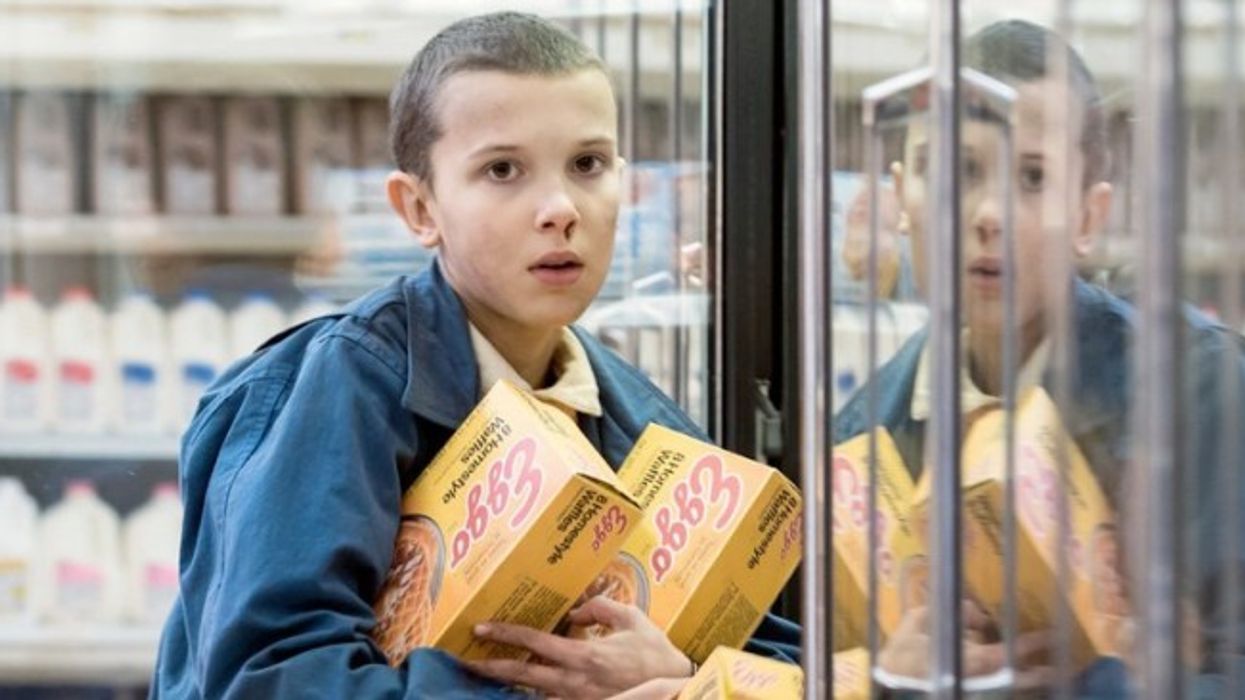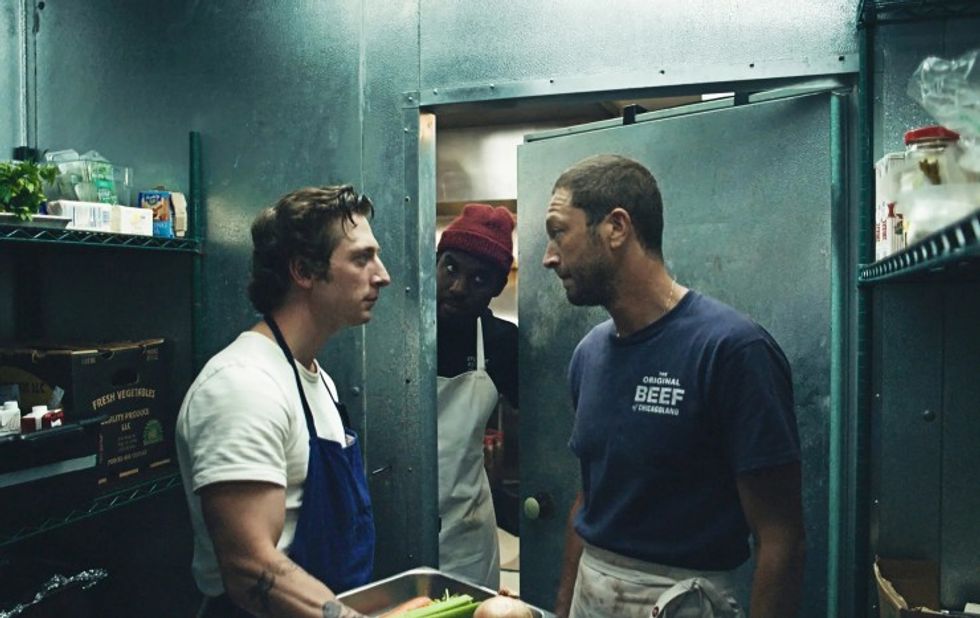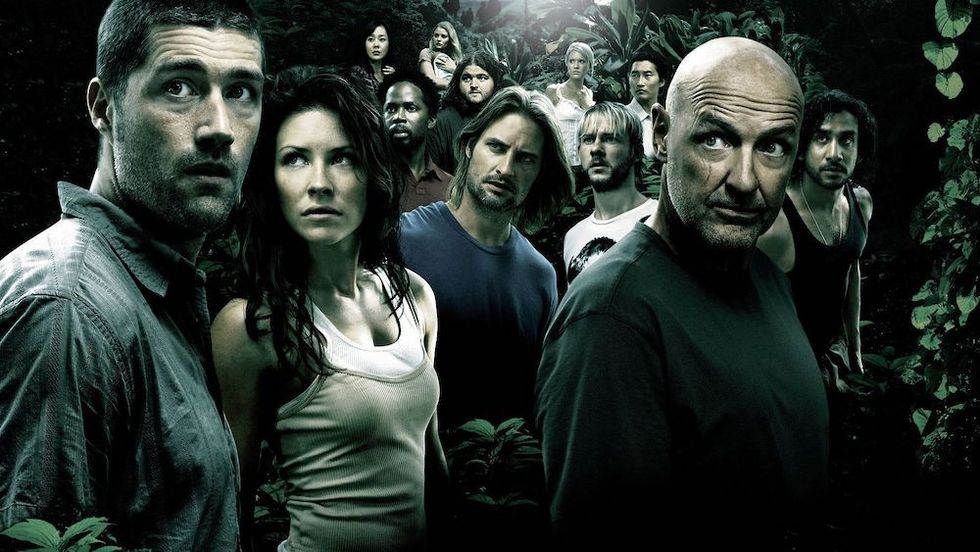The RED Report: Adam Wilt on EPIC, HDR and the Future of Cinemaphotography

From the very beginning, RED's attitude has been similar to mine; that is, we both operate under the assumption that innovation comes from the outside because established corporations are too large to move quickly. Which is not to say RED is under-funded or is a tiny mom-and-pop shop, but compared to global corporations like Canon, Panasonic, and Sony, the Jim Jannard startup is much smaller and more agile.
Wilt's first article, on EPIC, is a good reminder that RED is hard at work on some beastly cameras sure to shoot hundreds of features in the years to come. EPIC is a 5K camera that claims 13.5 stops of dynamic range and has twice as fast a CMOS reset as RED ONE (meaning, rolling shutter problems are half as pronounced as they were on a RED ONE, which was already several times faster than my 5D). By comparison, in video mode the 5D gets roughly 10 stops of dynamic range, suffers from terrible line aliasing, and despite shooting 1.9K resolution files (1920x1080), really only gets about 1K. (Due to de-bayering, the RED ONE yields closer to 3K resolution than 4K.) And of course EPIC shoots up to 120fps in REDCODE RAW format, as opposed to low-bitrate h.264.
While I'm not one to view resolution as the most important spec -- I think some low-budget productions are actually helped by shooting in lower-def formats, because you can't see, for example, how cheap the sets are -- it helps to see just how much greater 5K is in terms of resolution:
Quite the difference. And while RED's high-end EPIC cameras will be the first out the door, the indie-friendly, high-res SCARLET series will follow -- and both are "DSMC," meaning, they shoot stills as well as video. Comparing the EPIC build to DSLR ergonomics (or lack thereof), Wilt observes:
The handheld EPIC is half the weight of the RED ONE and a fraction of the size. By DSLR standards it’s a hefty thing; the body alone is something like five or six pounds, twice the weight of a top-end DSLR like a Canon 1D or Nikon D3, and three times the weight of a Canon 5D MkII or a Nikon D300. Add a still-camera lens, at something on the order of 1.5-3.5 pounds, and the differential is more favorable; the EPIC is more like half again to twice the weight of a comparably tricked out Canon or Nikon. Heavy, yes, but not armbreakingly so... The edgy, rectilinear lines of the grip have been softened just enough that I don’t feel any discomfort; indeed, the thing is easier to hold than five-pound handycam-style cameras like the Panasonic HVX200 or Sony EX1.

The more I watch, the more excited I get. The EPIC itself is exciting in the manner of any whizzy new hardware, but it’s an everyday sort of excitement. As I watch this clip I have the same sort of feeling I had when I first saw HD in 1982, or played back a DV tape in 1995: an Important Milestone sort of excitement; the impression that Something Is Happening Here.
It's interesting, a few times at Independent Film Week I was asked what I was planning to shoot 3rd Rail on. Considering 3rd Rail is still very much in development, I couldn't give anyone a definitive answer, because camera technology is changing so rapidly. If we were shooting tomorrow? My 5D Mark II, because of its sensitivity in low-light situations (3rd Rail takes place mostly underground on a New York City subway). If we were shooting in six months? Perhaps a RED with a M-X chip. In a year? Who knows. The only real answer I could give about what we'll shoot 3rd Rail on would be, "not film."
Which is not to say film doesn't have its advantages, both obvious and less apparent. It's because of gems like this (said in reaction to RED's new HDR footage) that I put Wilt atop the heap of blogging digital video technicians:
I had the impression (also subject to further experimentation) that the image looked slightly more natural than run-of-the-mill 24p digital camera panning, more like a film camera’s image would. The blur of a moving image, captured on film, has a smooth “fade-in, fade-out” quality due to the penumbral sweep of the rotating shutter; the ends of motion trails in digital capture have harder edges from the “instant-on, instant-off” integration period of an electronic shutter, which give 180-degree electronic shutters a harsher, more staccato motion rendering.
Thank you Adam. Ever since RED debuted, I've always found the motion rendering of its 24p images to be too sharp. To my eye, pans always had some sort of jutter or staccato-like quality to them that film doesn't, despite the fact that the frame rate and shutter speed should have been equivalent. For example, watch the HD trailer of Knowing, the RED-shot Nicholas Cage sci-fi film. The shots in the classroom look to "stuttery" to my eye -- apparently because of this electronic shutter (I don't see any reason why they would've shot that scene at anything other than a 180-degree shutter). Now I have my answer as to why -- thanks to Adam.
As for the HDR (High Dynamic Range) functionality of EPIC, which allows shooter to get several more stops of dynamic range, RED posted a clip to the internet that anyone can download and watch. Download it here. Watch it. It doesn't look great, right? Well, that's because it's supposed to look flat. The point of the clip is that the highlights, which would normally be blown out into electronic white, are retained. This gives you the most flexibility in post, when you grade the image into your final look. Here's Wilt on the process by which RED is able to get up to 18 stops of dynamic range out of a scene:
This sample clip is flat, lacking in contrast; it’s probably not something you’d use directly. The point of it is to capture as much dynamic range in the image as possible, so you have more freedom in grading to play with the tonal scale as you wish. What RED has done is come up with a way (currently the subject of a patent application, so I cannot be more specific) of getting “two different exposures that are conjoined”, a normal exposure to capture the bulk of the tonal scale, and a much shorter exposure to capture highlight detail that would otherwise be blown out. These two exposures can be combined in-camera, which RED calls “EasyHDR”, or stored as two separate streams for combining in post with more control: “HDRx”.
Check out this fascinating frame grab from the file, which at first glance looks like a frame-blended image:
But it's not frame-blended; what's going on is the much shorter HDR exposure is accounting for the sharp highlights, and the blurred portion of the frame is what you'd normally see in single-exposed, non-HDR acquisition. Wilt sums up RED's new HDR process by saying, "it’s actually a bit disturbing how well it works." It looks like real-time motion capture of HDR images is here, and it doesn't require two DSLRS tethered to a beam-splitter. I'm not saying everyone should buy a RED and automatically turn on HDR mode(s) -- it's a specialty tool for specific situations, but it should be a very useful one at that. Unfortunately, these HDR modes may not even make it into the lower-priced SCARLET cameras.
Wilt goes much deeper into RED's HDR process, and his post on EPIC is also full of a lot of valuable information on where RED is headed. If you're considering stepping up to something substantially more capable than a DSLR, I recommend checking out his explorations in depth:
Link: RED Visit: EPIC
Link: RED Visit: HDRx

















